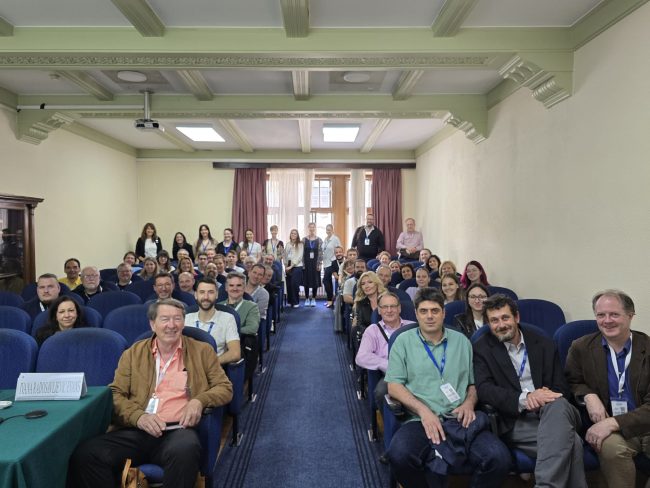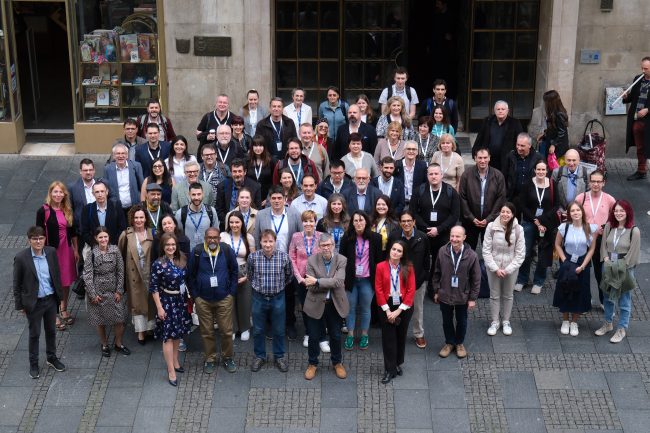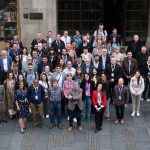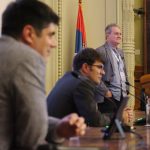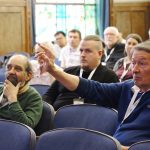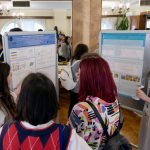As part of the seminar series organized by the Center for Solid State Physics and New Materials at the Institute of Physics Belgrade, Dr Bojana Višić gave a lecture titled “Van der Waals Nanotubes – From Synthesis to Applications” on Friday, 10 October 2025.
Dr Višić presented recent advances in the synthesis, structure, and applications of transition metal dichalcogenide (TMDC) nanotubes, emphasizing their unique optical, electronic, and mechanical properties. The talk highlighted how these nanomaterials connect fundamental research and technological applications.
ABSTRACT
Semiconducting transition metal dichalcogenides (TMDCs) can be synthesized in a wide range of structures and geometries, including closed cage nanostructures, such as nanotubes (NTs) or fullerene-like nanoparticles. Individual multiwalled WS₂ and MoS₂ NTs are having a resurgence of interest, as interesting optical and electrical properties have been reported in recent years. They are especially intriguing due to their stability, enhanced light–matter interactions, and ability to sustain exciton-polaritons in ambient conditions, i.e., strong coupling of excitonic resonances to the optical cavity. Namely, these nanotubes act as quasi-1D polaritonic nanosystems and sustain both excitonic features and cavity modes in the visible–near-infrared range. This ability to confine light to subwavelength dimensions under ambient conditions is induced by the high refractive index of WS₂.
On the other hand, NTs have been vastly neglected as possible alloyed TMDC. Most of the research so far, both theoretically and experimentally, focused on flat, two-dimensional structures, with only a few reports that focused on non-carbon-based alloyed NTs. Additionally, TMDCs have opened a new frontier in the area of field emission devices, due to their layered structure and the presence of thin and sharp edges with high aspect ratios which enhance the local electric field. We grew highly crystalline multiwalled Mo₁₋ₓWₓS₂ NTs via the chemical vapour transport method, with the molybdenum and tungsten atoms randomly distributed within the crystal structure. A detailed analysis of the ED patterns from an eight-layer nanotube revealed that they grow in the 2H structure, with each shell consisting of one bilayer. The work function of the NTs is comparable than that of pure MoS₂ and lower of pure WS₂ NTs, making them ideal candidates for field emission applications.
Various TMDC NTs promise a wide spectrum of physical effects beyond the physics of CNTs. They have a high aspect ratio, high specific surface area and excellent mechanical and vibrational/acoustic properties, making them suitable as composite nanofillers as only a small amount can be used for forming a conductive path [5]. Furthermore, MS₂ NTs disperse well in all commonly used solvents, simplifying composite preparation.
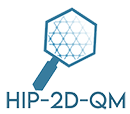
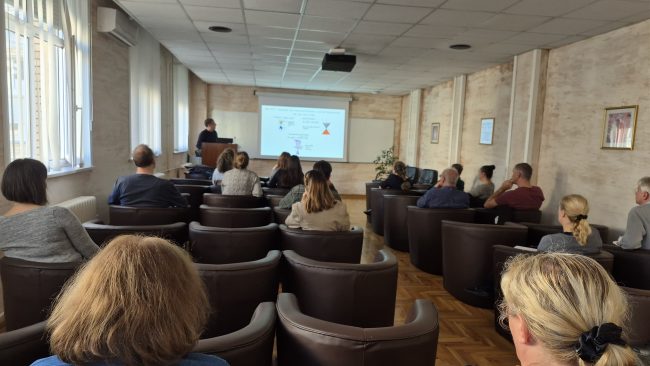
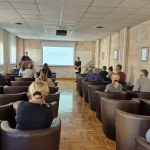
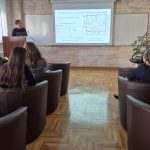
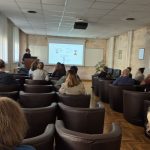
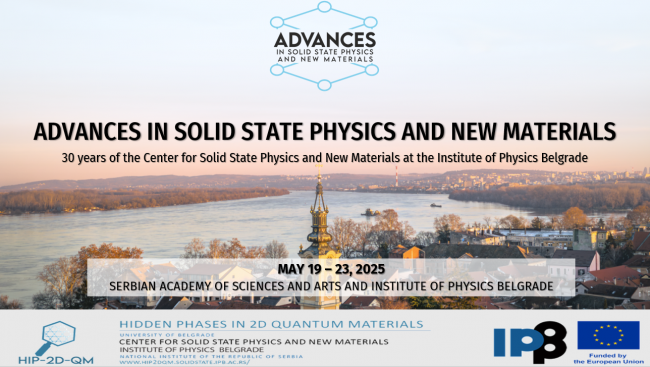

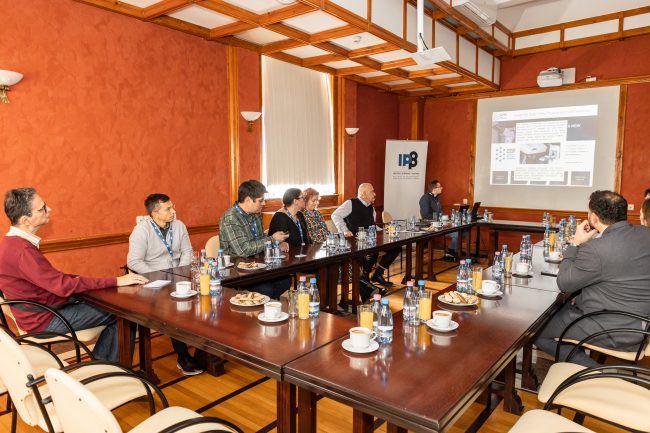
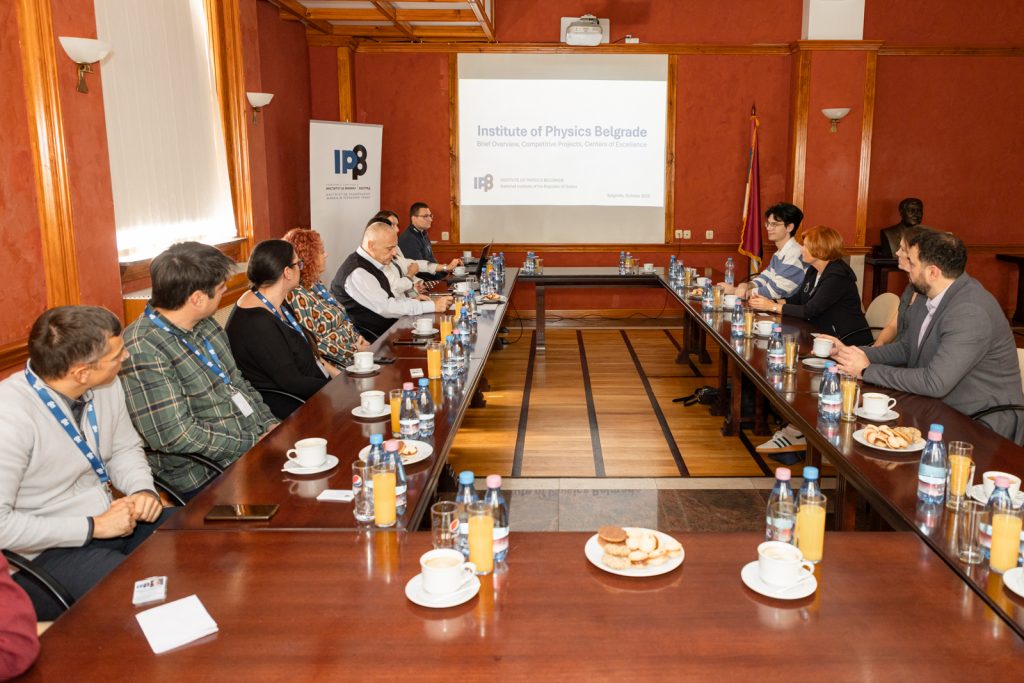
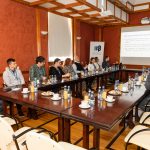
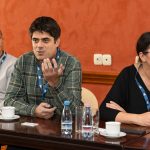
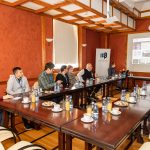
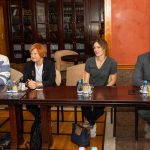

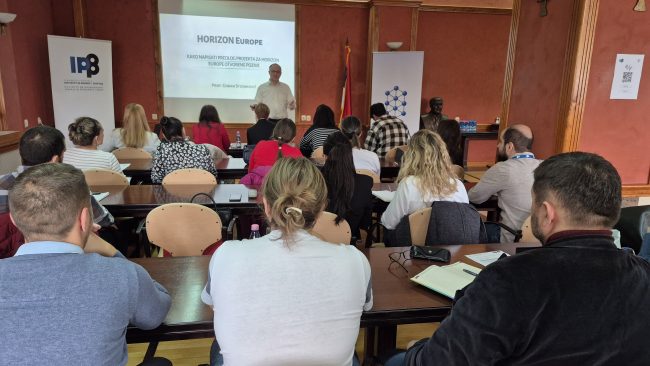
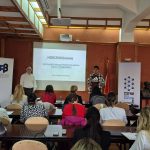

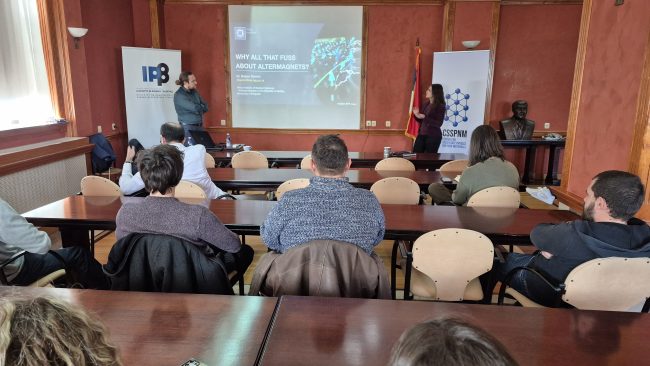
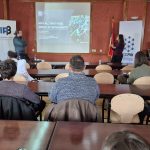
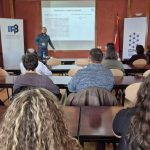
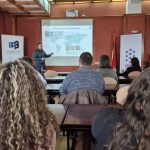

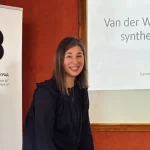
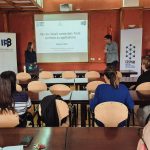
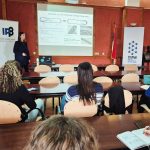
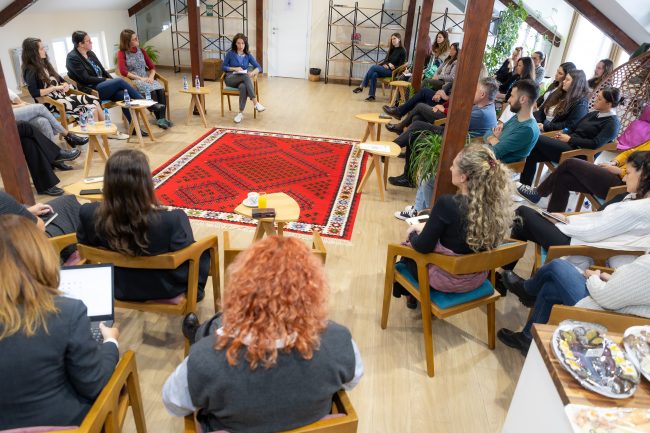
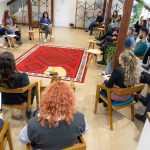
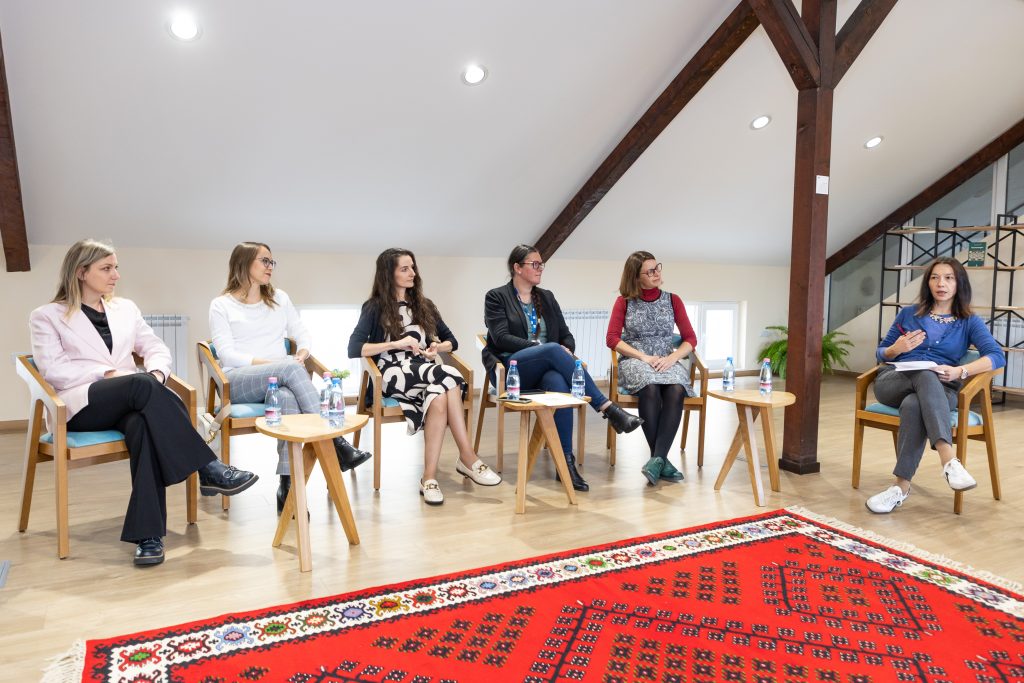
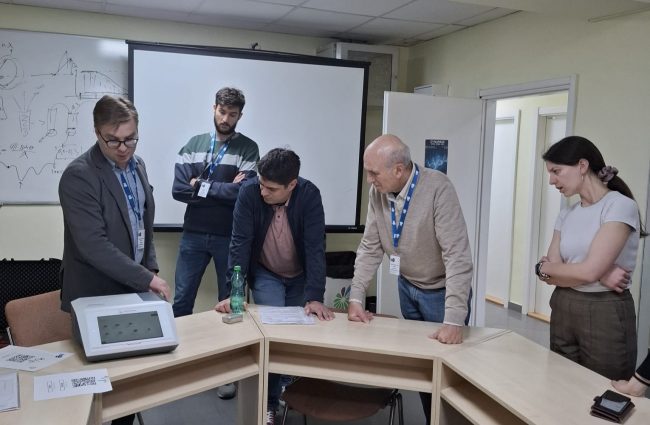
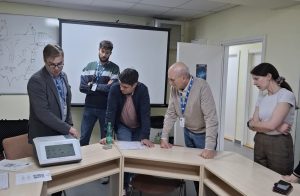 On May 27, we had the pleasure of hosting Viktor Zagorec, Product Manager for Raman Spectroscopy at Anton Paar, at the Institute of Physics Belgrade.
On May 27, we had the pleasure of hosting Viktor Zagorec, Product Manager for Raman Spectroscopy at Anton Paar, at the Institute of Physics Belgrade.